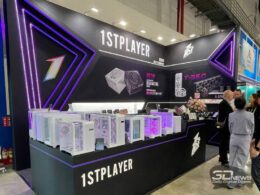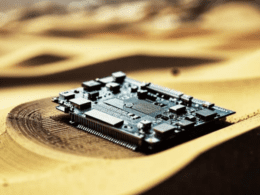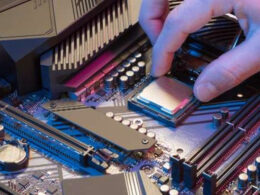CXMT, China’s leading DRAM manufacturer, has made significant strides in the production of High Bandwidth Memory (HBM), formerly pioneered by AMD for gaming video cards and later widely utilised by Nvidia for AI accelerators. Evidence of local companies’ progress in this field has surfaced recently, marking a significant shift.
As reported by Reuters, according to well-informed sources, CXMT, in collaboration with Tongfu Microelectronics, has produced initial HBM samples. Chinese HBM samples have reportedly been showcased to prospective clients. Furthermore, Xinxin, a subsidiary of the parent company YMTC – China’s largest producer of 3D NAND memory, currently under US sanctions – is planning the construction of a facility in Wuhan to manufacture HBM capable of processing up to 3000 300mm silicon wafers monthly.
Sources also mention that CXMT and others are regularly negotiating with South Korean and Japanese equipment suppliers to equip their future HBM manufacturing plants. Reuters also discovered that Huawei Technologies have plans to manufacture HBM2 in cooperation with Chinese partners by 2026, with Fujian Jinhua Integrated Circuit, also under US sanctions, as a potential partner.
While South Korean firms SK Hynix and Samsung Electronics lead HBM production, with American Micron Technology closely following and ready to ship HBM3E, Chinese companies are aiming to produce only HBM2 – a significant technological breakthrough. However, industry experts estimate that Chinese memory developers may lag a decade behind the world leaders in this field.
In preparation, CXMT has secured approximately 130 patent applications related to HBM manufacturing technology, some of which theoretically allow for the production of HBM3. The company has further purchased the necessary equipment to manufacture such memory due to anticipated US sanctions. Since these microchips utilise American technologies, national law allows US authorities to limit not only export of products of this type to non-ally nations but also the equipment necessary to produce HBM.





